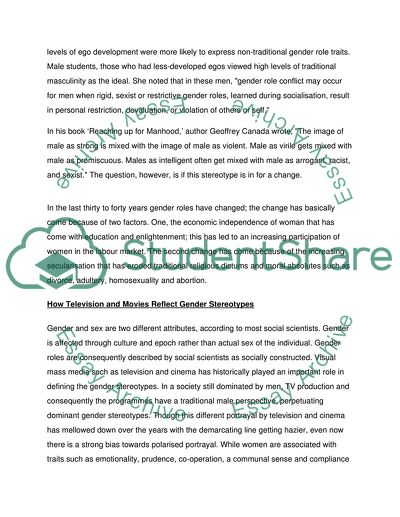Cite this document
(“Stereotypes in Gender Essay Example | Topics and Well Written Essays - 2250 words”, n.d.)
Retrieved from https://studentshare.org/gender-sexual-studies/1560926-see-below
Retrieved from https://studentshare.org/gender-sexual-studies/1560926-see-below
(Stereotypes in Gender Essay Example | Topics and Well Written Essays - 2250 Words)
https://studentshare.org/gender-sexual-studies/1560926-see-below.
https://studentshare.org/gender-sexual-studies/1560926-see-below.
“Stereotypes in Gender Essay Example | Topics and Well Written Essays - 2250 Words”, n.d. https://studentshare.org/gender-sexual-studies/1560926-see-below.


